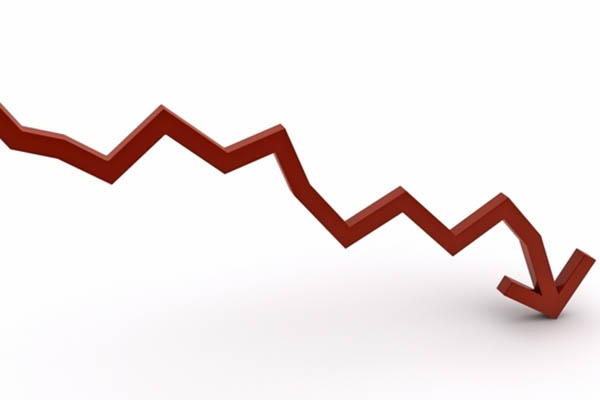
File photo
Last week, Defense Minister Khawaja Asif warned that Pakistan is facing a default-like situation primarily due to widespread tax evasion, particularly in major sectors like retailers and wholesalers. Echoing comments from Prime Minister Shehbaz Sharif, he told media the government could not give immediate relief to the masses, but hoped current economic policies would yield fruit within 2 years. Various international institutions do not share this optimistic view. In a recent report, the U.S. Institute of Peace noted Pakistan must repay $77.5 billion to creditors over the next three years, with its revenues barely sufficient for debt-servicing, leaving nothing in the kitty for development and everyday functioning of the government. Unfortunately, this isn’t a new situation for the country. In the first half of 2023, Pakistan similarly faced dire straits, as an extended facility inked with the IMF in 2019 went off-track, leading to its suspension. It was only through personal intervention of Sharif that the situation was resolved and Islamabad inked a nine-month $3 billion Stand-By Arrangement as a stopgap measure.
The IMF’s harsh conditions inevitably lead to higher taxes and utility prices, with the impoverished often their biggest victims. Yet, without its umbrella, Pakistan cannot secure loans and aid from other financial institutions such as the World Bank. This leaves the government with the unenviable task of balancing much-needed fiscal reforms with some measure of “relief” for the public, which has lost a significant portion of its purchasing power after years of record inflation and stagnant wages.
Pakistan’s primary savior—apart from the IMF—is China. Between January and June 2023, the neighboring country rolled over and refinanced almost $7 billion in loans, easing Islamabad’s debt obligations. Additionally, Saudi Arabia and the U.A.E. also helped Pakistan by respectively pledging $2 billion and $1 billion in deposits with the State Bank to stabilize the exchange rate and boost critically low foreign exchange reserves. All these factors have combined to provide Pakistan with a path to economic recovery. The implementation of economic reforms necessary to achieve recovery, however, lies with Pakistan alone, and how it proceeds in the weeks and months to come could well shape the country’s future.
